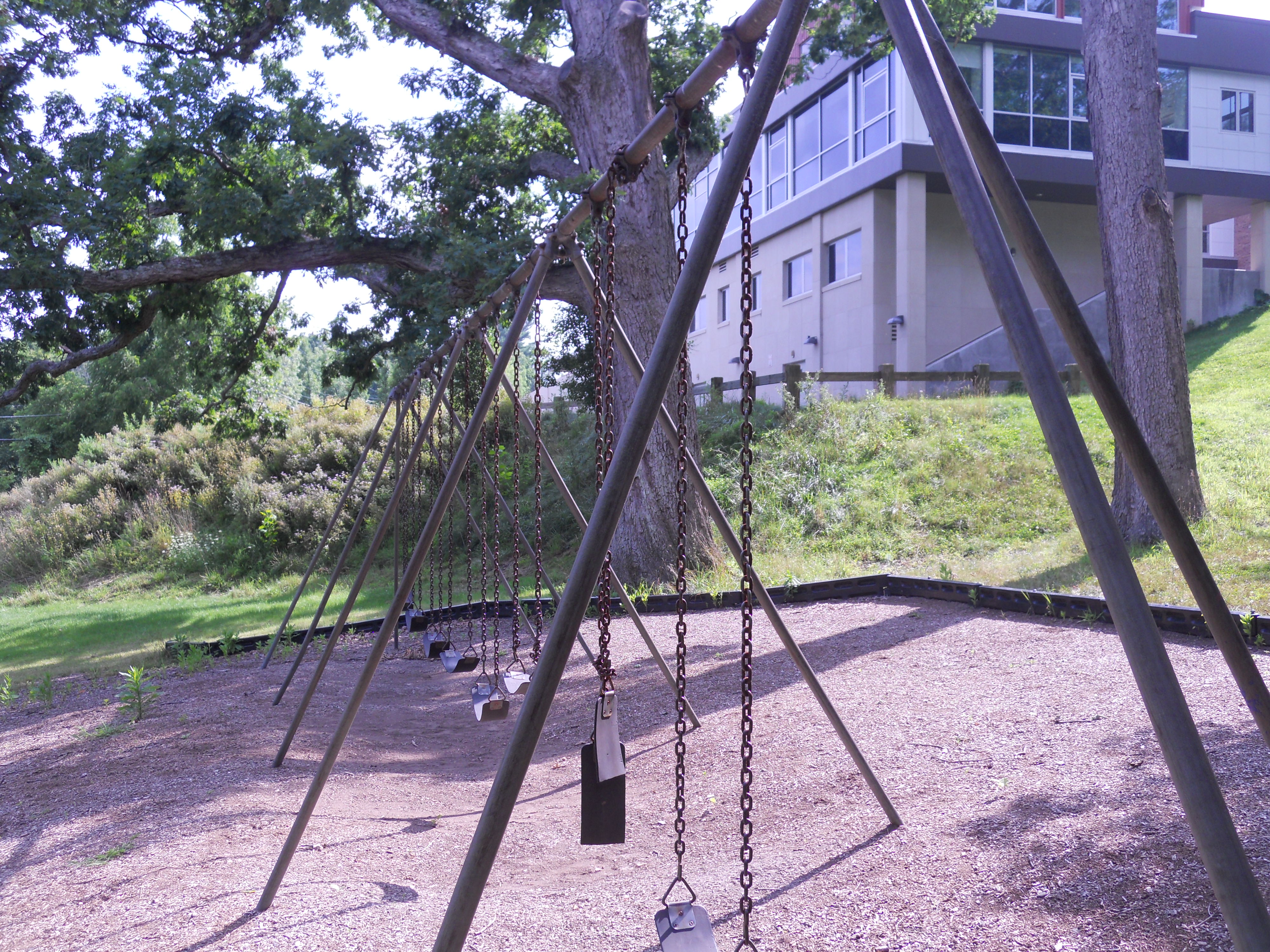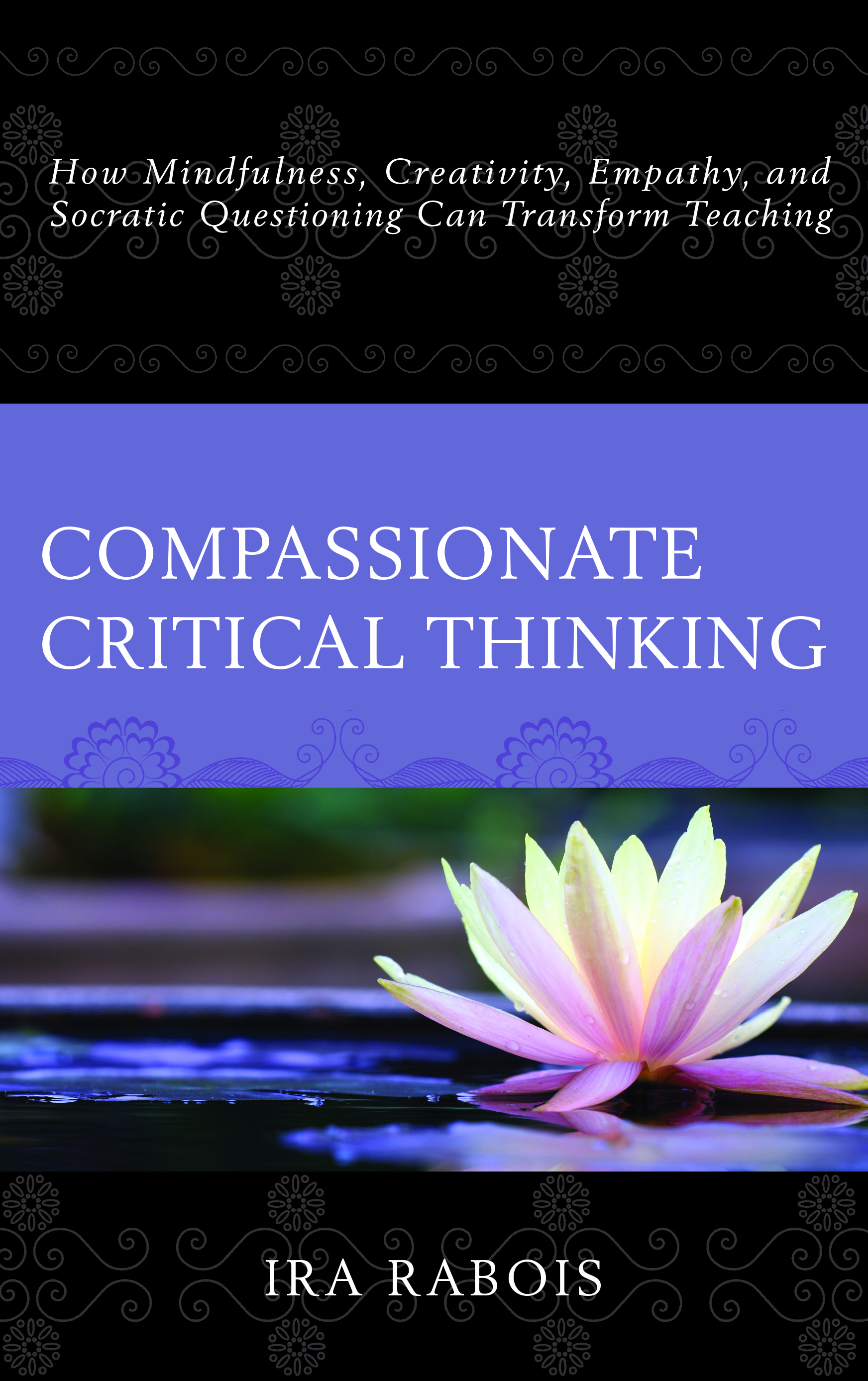As linguist, cognitive scientist and author George Lakoff has clearly pointed out in his book The All New Don’t Think of An Elephant: Know Your Values and Frame the Debate, Republicans have too often dictated the terms and imagery of political discourse in our country. It is time for this to stop. Read this book.
It was the GOP word machine that branded Conservatives as Populists out to save America from “big government” and “effete, wasteful liberals.” But after this week, and this year, this imagery is no longer going to capture anyone, except for those who have walled themselves off in forts built from right-wing news distortions. After this week’s debacle with the tax-health-care-environment rip off/”scam” bill, we see very clearly that the GOP attack on “big government” is just a way for the wealthy and their paid representatives to steal money from social programs. Americans are discovering new political metaphors that touch more and more people and undermine support for the GOP agenda. The struggle against oppression that we are waging is not just against politicians, but against metaphors and ways of thinking. Here are some metaphors I have heard this week. (If you noticed or created other liberating metaphors, please share them.)
Last night, I was listening to MSNBC. Chris Hayes and others were using imagery, with a sweet touch of humor. Humor is always helpful in dealing with a threatening reality, although I don’t feel very amused right now. Mr. T is the Grinch Who Stole Christmas. The GOP is the party of Grinches. (This goes back, possibly, to Joe Scarbough’s album of Christmas music.) They are stealing not only Christmas but Hanukah, Kwanzaa, all holidays and vacations for years to come, if their tax bill gets enacted.
For those of us not in the dictator class, the cost of living, and health care premiums, will “rise” even more “precipitously” under this new bill than before the ACA. The tax bill will “de-stabilize” health insurance markets. (Some GOP supporters say the premiums for Obamacare are already too high. They should examine the rates before the ACA and look at how the GOP have been trying to increase premiums in order to undermine the Democrat’s program ever since the ACA was passed.) By 2026, when the temporary tax cuts for the middle class and lower class that are in this bill end, it has been predicted that health insurance premiums will be doubled. 83% of the tax cuts in this bill will be for the rich, the would-be dictator class. The GOP is not just trying to steal Christmas; they are stealing the future. They are “looting America.” One of my favorite images is from Bernie Sanders, who talked about the GOP tax plan back in October as “the Robin Hood principle in reverse.” Of course, I always loved the story of Robin Hood.
The future the GOP envisions has children suffering without care. About 50% of those on Medicaid are children. Yet, as the debt goes up next year, or the year after that, the party of Grinches is salivating over the chance to cut Medicaid. They have been trying to end this insurance for children, the disabled, the elderly for years. They do not believe it is right for people to help others. They also, somehow, forgot to renew CHIP (the Children’s Health Insurance Program). They will fight for a foetus in the womb, but not a child who’s been born. They also want to cut Medicare and Social Security, to deny most of us the chance to collect our investment and retire with dignity.
Many Republicans are trying to reverse the American Revolution, and re-establish one-man rule. One aim of the constitution was to prevent any one person from getting the power of an autocrat. But create an autocracy is exactly what it seems Mr. T and his followers are trying to do. This is what traitors to democracy try to do. They are trying to take away our freedom, take away voting rights and freedom of the press. Going along with this, is the “figurative” assessment by former director of National Intelligence, James Clapper, that Putin is treating T as an “asset” or “pawn” of the Kremlin.
They claim Dems are stealing their freedom by stopping them from polluting or limiting choices in health care. Well, how free are you if you can’t afford the premiums for health insurance? How free do you feel if you have to choose between paying a medical bill or your rent or food?
If you doubt the GOP are trying to reverse the American Revolution, just listen to the sycophantic ceremony of obeisance by Republican congresspeople yesterday. They were fawning over Mr. T for his leadership. Tennessee congresswoman Diane Black said: “Thank you, President Trump, for allowing us to have you as our president.” They sounded like politicians in North Korea giving obeisance to Kim Jong-un. Are Republicans equally afraid of what their ruler might do? Or are they being paid so much they don’t care?
They are certainly trying to undermine progressive taxation, which means a tax system that attempts to have those who get more from the economic system pay a higher rate of taxes. It is a way to preserve some power for the great majority of Americans to influence the political process.
Last night, Rachel Maddow talked about a report by Politico that there is a secret working group of the GOP in Congress, using material, even classified material, to try to deceive people into thinking the FBI is biased against the president and engaged in a criminal activity. They claim members of the Mueller investigation are so dastardly that a few even gave money to the campaigns of democratic legislators (as if it is only legal and acceptable to give money to the GOP). Ignore the fact that Mueller, McCabe, etc. are Republicans. The GOP claim that the FBI is involved in criminal behavior investigating the President. They talk about “the fix is in.”
When Mr. T and other Republicans do something illegal, they deflect. They claim those who oppose them are doing something illegal. They shout “lock her up” when they feel they might, deservedly, be locked up. This is not just Newspeak of 1984. It is the undermining of free speech that happens with dictators. It is Dictator-speech. It is undermining the rule of law speech. It is time to wake up and protest speech.
Senator Mark Warner said Republican congresspeople are engaged in “irresponsible” attacks, coordinated with right wing media, and aimed to undermine Mueller and undermine the rule of law. They are dangerous. He warned us to be vigilant. “No one is above the law… It is critical that all of us… speak up against these threats, now, before it’s too late.” Only if we can rise to the occasion will we save ourselves.
While I am sharing my outrage with you, another metaphor I’ve heard from more responsible media is that Democrats lack a vision. They are divided. The GOP who have been so divided they couldn’t pass a major piece of legislation until this week, try to influence the news media to say it is the Dems who are divided. They have taken the Dems imagery of the GOP as “The Party of No,” when Barack Obama was president, and turned it on Dems today. “The only thing Dems can unite on,” they claim, is an opposition to T.
Well, the Democratic party has, at times, certainly been confused and dastardly. But one thing this week and this year have made abundantly clear is that although both the GOP and DNC operate in the same money-driven system, there is a great difference between them. The DNC is made up of different people with different viewpoints, and underwriters, and many often fail to do what I think is just or reasonable. But I think Bernie Sanders, Elizabeth Warren and others have vision. I think most people who identify as Democrats share a vision of freedom, of the right to vote and of a free press. They share a vision where people can disagree without disagreement being criminalized. They support the role of government in caring for fellow humans. Do not forget that it was Democrats (Ted Kennedy and Hillary Clinton) who largely brought us CHIP (along with Republicans who were not afraid to work “across the aisle”), and it was liberal Democrats who brought us Social Security, Medicare and Medicaid. Dems actually think science is valuable. Hopefully, we can get the DNC to catch up to Democrats.
We need to support politicians who recognize we are all part of the community of humans and we share the neighborhood with other species. Those who oppose the dictatorship of Mr. T and his right-wing followers need to unite, now, in any way possible to preserve the environment of the neighborhood and preserve the right to wander, speak and live freely, justly, in it.
So, for the holidays, whichever ones you celebrate, please enjoy, but be vigilant. And remember what has been done this week. Remember and work to support the rights, freedoms, dreams of justice, education, equity, and metaphors that most of us share yet some would squash.








